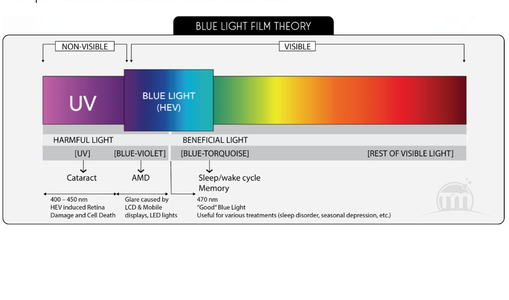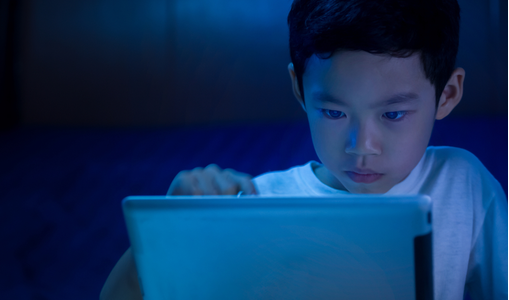How Blue Light Affects Your Eye & Health

THE BLUE LIGHT PARADOX : PROBLEM OR PANACEA
by Professor John Marshall, University College London, UK
The penetration of optical radiation deep within the eye is a paradox as light is an essential component for vision but it may also be a biohazard. Short wavelength blueviolet light is potentially harmful whilst longer wavelength blue-turquoise is essential for healthy living. Prof. John Marshall explains in this article the pathogenic power of light but also its fundamental requirement to circadian rhythms. In the human eye evolutionary development both mechanisms have been integrated to facilitate separation of health and hazard. For more information on Blue Lights and how it affects us, kindly refer to the article "The Blue Light Paradox: Problem or Panacea" by Professor John Marshall, University College London, UK by clicking the link below

BLUE LIGHT FACTS
How blue light affects your eyes
Blue light comprises light of wavelengths in the 380nm to 500nm range of the visible light spectrum. It is emitted by electronic devices such as computer screens, laptops, tablets, smartphones, and fluorescent and LED lights. Long term exposure to such devices can cause eye fatigue/myopia, increase the risk of macular degeneration (blurred or no vision in the center of the visual field), sleepless nights and daytime fatigue, and causing your skin to produce chloasma and freckles. What can be done to reduce exposure to harmful blue rays?
